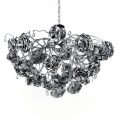Hyugge: happy is he who is happy at home
Despite the harsh northern climate, those living inPeople in Denmark are very happy with their lives: in the ranking of the happiest countries, which is compiled by order of the UN, Denmark has long been the leader, and now occupies the second line (having given way to Norway on March 20, 2017). At the same time, in Denmark it rains for half a year, 4-5 months are winter, and summer lasts only a few weeks. What is the secret of the Danes, how do they manage to stay happy and positive in such harsh conditions? Perhaps it is all about their life philosophy of hygge. It is built on a very simple statement: a Dane should always be cozy and warm around him. The idea is not new, but it is the residents of Denmark who have achieved absolute perfection in its implementation: it is difficult to think of something more comfortable and cozy than an interior decorated in the hygge style.

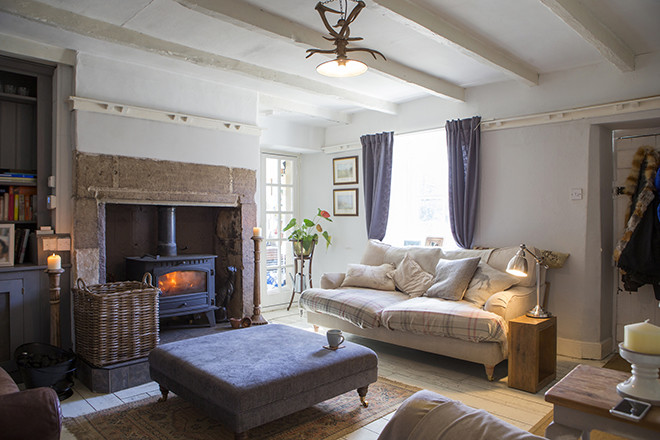
 1/4Photo: Getty ImagesPhoto: Getty ImagesPhoto:Getty ImagesPhoto: Getty Images How to create hygge? Any Dane will shrug and say: just create hygge (hygge is translated from Danish as "cozy"). And this is true, the main thing is that you feel warm and cozy in the created interior. But you can also give very specific recommendations: for example, be sure to put candles. Candles are present in absolutely every hygge interior: the Danes are sure that only a live fire can create a truly warm and relaxing atmosphere at home. By the way, in Danish there is a word lyseslukker - "the one who spoils all the fun." And literally it is translated as "the one who blows out the candles." IMPORTANT: Candles are a must, but they are not enough - the room should not be dark! For Hygge, they usually create an even and warm light map: use a chandelier, wall lamps, floor lamps - the room should be illuminated evenly and softly. A fireplace will give a very good accent (an electric one will also do). Hygge is also: - wooden, unpretentious furniture; - natural decorations and accessories: flowers, compositions of branches and cones, animal skins, etc.; - cozy ceramic dishes; - vintage interior items; - soft pillows and blankets. Expressed textures, rough simplicity, soft materials, subdued light and absolute harmony of a person with his environment - this is what real Danish hygge is!
1/4Photo: Getty ImagesPhoto: Getty ImagesPhoto:Getty ImagesPhoto: Getty Images How to create hygge? Any Dane will shrug and say: just create hygge (hygge is translated from Danish as "cozy"). And this is true, the main thing is that you feel warm and cozy in the created interior. But you can also give very specific recommendations: for example, be sure to put candles. Candles are present in absolutely every hygge interior: the Danes are sure that only a live fire can create a truly warm and relaxing atmosphere at home. By the way, in Danish there is a word lyseslukker - "the one who spoils all the fun." And literally it is translated as "the one who blows out the candles." IMPORTANT: Candles are a must, but they are not enough - the room should not be dark! For Hygge, they usually create an even and warm light map: use a chandelier, wall lamps, floor lamps - the room should be illuminated evenly and softly. A fireplace will give a very good accent (an electric one will also do). Hygge is also: - wooden, unpretentious furniture; - natural decorations and accessories: flowers, compositions of branches and cones, animal skins, etc.; - cozy ceramic dishes; - vintage interior items; - soft pillows and blankets. Expressed textures, rough simplicity, soft materials, subdued light and absolute harmony of a person with his environment - this is what real Danish hygge is!
Lagom: a minimum of things, maximum benefit
The path to happiness chosen by the Danish people is notthe only one: in Sweden, the level of contentment of the population is slightly lower, and the approach to interior design - and to building your life in general - is completely different. Where a Dane will surround himself with dozens of atmospheric accessories, a Swede will strive for verified minimalism. The Swedish trend is called lagom (lagom - "golden mean" from Swedish), and it is built on the concept of simplicity. Simple things, simple design solutions, discreet colors and maximum space. Practicality, laconism, moderation - three main principles on which lagom is based. How to make lagom? To begin with, just throw out everything unnecessary. All useless souvenirs, all bulky furniture - everything that unjustifiably takes up space in the house. At the same time, it is important to understand that bare walls are also not lagom: the Swedes do not require removing everything from the room except for a table and two stools. They simply advise to make do with a reasonable minimum of things. Lagom implies: - natural and durable materials: furniture made of wood and natural fabrics, discreet wool rugs, etc.; - no ostentatious luxury: the design should be discreet and unobtrusive; - muted colors; - plenty of natural light; - maximum free space. The only thing that the Swedes, who are inclined to minimalism, make a small exception for is soft things. It should still be warm at home, so the interior can include animal skins, very lush bedspreads, and lots of pillows. They are what make the austere lagom cozy in its own way.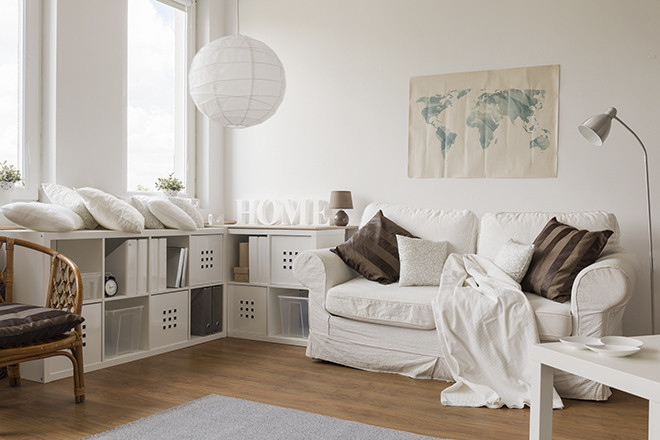
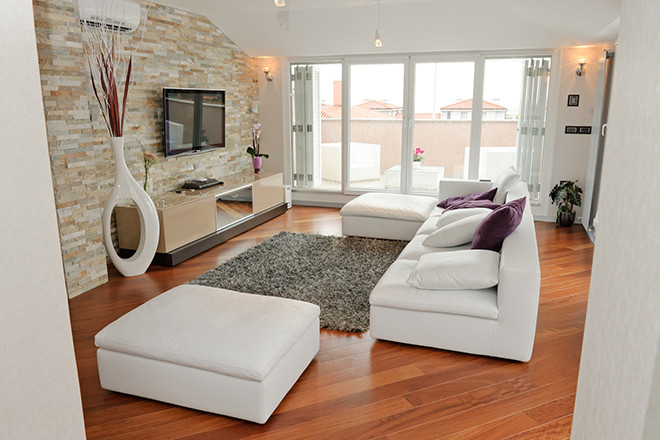
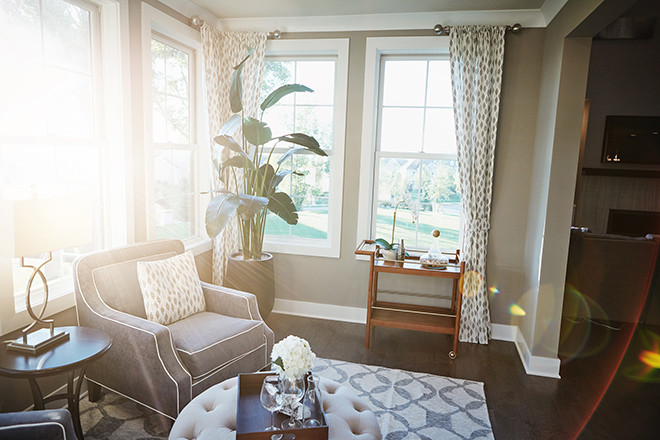
 1/4Photo: Getty ImagesPhoto: Getty ImagesPhoto: Getty ImagesPhoto: Getty Images
1/4Photo: Getty ImagesPhoto: Getty ImagesPhoto: Getty ImagesPhoto: Getty Images
Wabi-sabi: the world is imperfect, and this is beautiful
The third trend of 2018 came from the other endlight, and it is as far from Danish or Swedish philosophy as possible. If cozy hygge seems cramped and overloaded to you, and the verified minimalism of lagom seems too cold, we advise you to try wabi-sabi. In Japan, the concept of humility of spirit is generally very popular: conscious acceptance of the fact that perfection is unattainable and a person must accept the world as it is. This concept is reflected in the wabi-sabi style (wabi means “simplicity, unpretentiousness”, sabi means “patina, a touch of antiquity” in Japanese). Conscious poverty, humility and harmony with the surrounding world are the key features of wabi-sabi. How to make wabi-sabi? The main principle is simple: choose simple and unpretentious things - antique (for example, clay cups from the century before last) or artfully aged. You can find something in loft furniture, something in European rustic style, something in Scandinavian interiors. Wabi-sabi is: - natural colors and surfaces, no paint; - furniture can be covered with matte varnish; a slight touch of antiquity: small scratches, a little rust, a chipped edge of a cup - these are the details that create the characteristic aesthetics of "Japanese poverty"; - soft diffused light that does not create harsh shadows and bright accents. Wabi-sabi is a hymn to imperfection: a room in which nothing catches the eye, but each object has its own history. At the same time, any modern things left in plain sight kill the charm of the interior, so we advise hiding the TV inside a cabinet built into the wall, taking the computer to a separate room or closing it with a screen from the rest of the room, and so on.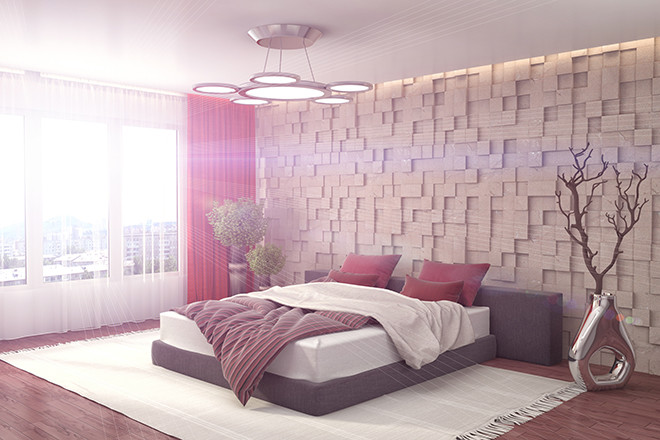

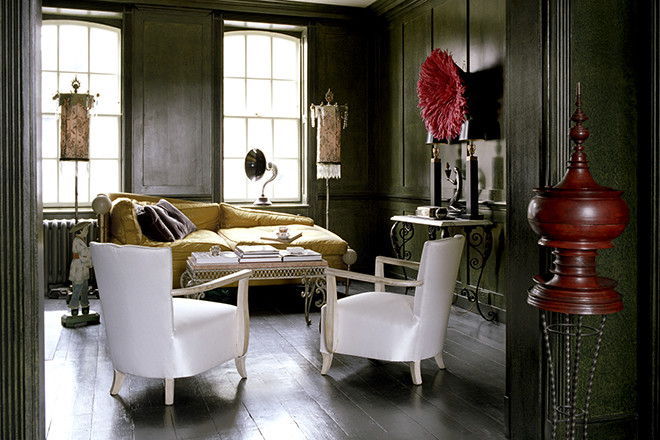
 1/4Photo: Getty ImagesPhoto: Getty ImagesPhoto:Getty ImagesPhoto: Getty ImagesHygge, lagom, wabi-sabi – these trends are the leaders of 2018, but each of them has been around for decades. They were there before they became popular all over the world, and they will be there after. That’s why we recommend that you choose one of these styles only if you really like it. After all, each of them is not just an approach to interior design, it is a reflection of your lifestyle. Your character. Your philosophy.
1/4Photo: Getty ImagesPhoto: Getty ImagesPhoto:Getty ImagesPhoto: Getty ImagesHygge, lagom, wabi-sabi – these trends are the leaders of 2018, but each of them has been around for decades. They were there before they became popular all over the world, and they will be there after. That’s why we recommend that you choose one of these styles only if you really like it. After all, each of them is not just an approach to interior design, it is a reflection of your lifestyle. Your character. Your philosophy.





